Hay muchos beneficios al incorporar plantas comestibles en el diseño de su paisaje. El paisajismo comestible puede proporcionarle frutas y verduras frescas y nutritivas, al mismo tiempo que agrega belleza e interés a su jardín. Además, las plantas comestibles pueden ser una opción más sostenible y ecológica que los materiales de jardinería tradicionales como el césped o el hormigón.
Si está considerando agregar plantas comestibles a su paisaje, hay algunas cosas que debe tener en cuenta. Primero, asegúrese de elegir variedades de plantas que se adapten bien a su clima y tipo de suelo. En segundo lugar, considere la cantidad de luz solar y agua que necesitarán las plantas elegidas para prosperar. Y finalmente, asegúrese de considerar el tamaño maduro de las plantas cuando planifique el diseño de su jardín.
Con un poco de investigación y una planificación cuidadosa, puede crear un hermoso y productivo paisaje comestible que deleitará sus sentidos y nutrirá su cuerpo.
Tomates
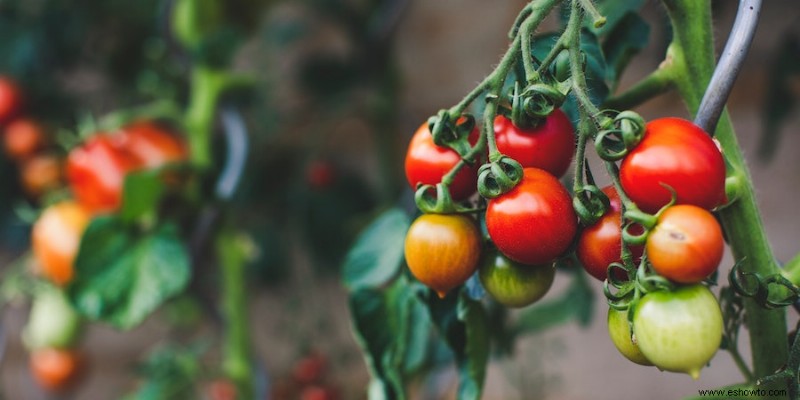
Hay pocas cosas tan gratificantes como cultivar tus propios tomates. El sabor de un tomate de cosecha propia es incomparable con cualquier cosa que puedas comprar en la tienda, y el proceso de cultivo es relativamente simple. Con un poco de paciencia y atención, cualquiera puede disfrutar de los frutos (o vegetales) de su trabajo cosechando tomates frescos de su propio jardín.
Los tomates son bastante fáciles de cultivar y no requieren mucho espacio. Incluso puede cultivarlos en contenedores en un balcón o porche si no tiene espacio para un jardín tradicional. Solo asegúrese de que reciban mucha luz solar y agua, y estará listo para disfrutar de deliciosos tomates de cosecha propia en muy poco tiempo.
Melones
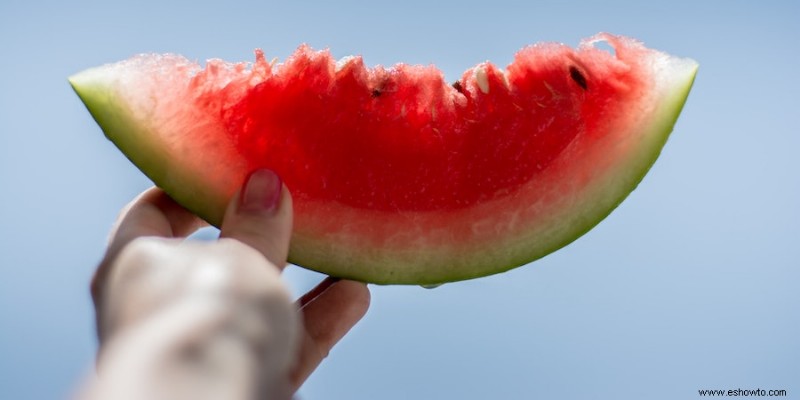
Los melones son otra excelente opción para el paisajismo comestible, ya que producen una gran cantidad de fruta dulce que se puede comer fresca o enlatada para su uso posterior. Algunas variedades populares de melón incluyen sandía, melón, melón dulce y casaba.
Cultivar melones es relativamente fácil si tienes condiciones soleadas y cálidas y un suelo bien drenado. Hay algunas cosas a tener en cuenta al cultivar melones, como brindar apoyo a las vides y asegurarse de que las frutas maduren adecuadamente antes de la cosecha. Los melones se pueden cultivar tanto en invernaderos como al aire libre, aunque pueden requerir un poco de cuidado adicional en climas más fríos. ¡Con un poco de esfuerzo, puedes disfrutar de deliciosos melones durante todo el verano!
Calabaza
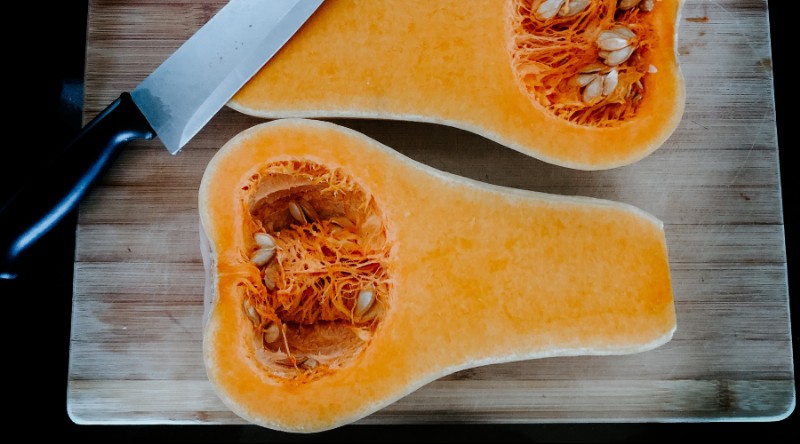
La calabaza es otra planta excelente para el paisajismo comestible, ya que también produce una gran cantidad de frutos que se pueden utilizar de muchas maneras. Algunas variedades populares de calabaza incluyen calabacín, calabaza amarilla de verano y calabaza bellota.
Para comenzar con sus plantas de calabaza, elija un área en su jardín que reciba al menos seis horas de luz solar directa cada día. Esto asegurará que sus plantas se mantengan saludables y produzcan muchas frutas para que las coseche. Cuando esté listo para plantar, asegúrese de aflojar bien la tierra y agregue compost o estiércol según sea necesario. Esto ayudará a mantener el suelo rico en nutrientes durante toda la temporada para que sus plantas puedan prosperar.
Una vez que sus plantas estén en el suelo, asegúrese de regarlas regularmente. Necesitarán alrededor de una pulgada de agua cada semana, así que asegúrese de estar atento al clima y ajuste su horario de riego en consecuencia. Además, asegúrese de verificar si hay plagas y enfermedades regularmente para que pueda solucionar cualquier problema tan pronto como surja.
Berenjenas
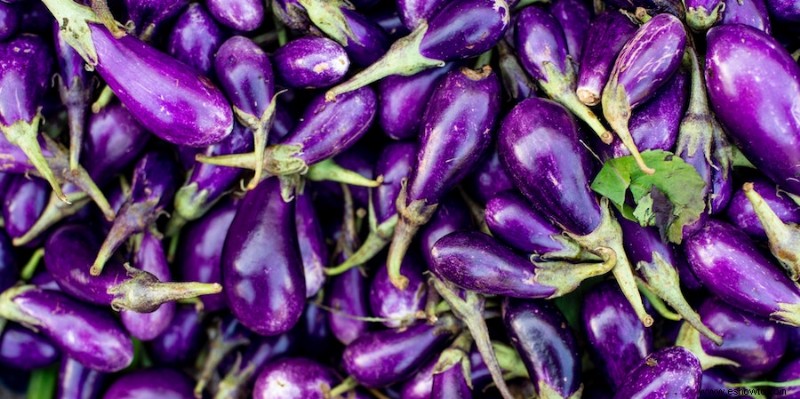
Este vegetal es una adición deliciosa y ornamental a cualquier paisaje comestible. Las berenjenas vienen en muchos colores diferentes, incluidos morado, negro, blanco y verde, y se pueden usar en una variedad de recetas.
Es fácil cultivar berenjenas y muchos jardineros disfrutan cosechando sus propias berenjenas. The plants require warm weather and plenty of sunshine to produce healthy fruit. Eggplants can be harvested when they are about eight inches long. They should be firm and free of blemishes.
They can be stored in the refrigerator for up to two weeks. When cooking eggplant, it is important to remember that the flesh can be quite bitter. Some cooks recommend soaking the eggplant in salt water for 30 minutes before cooking to remove some of the bitterness. Eggplant can be baked, grilled, or fried. It is often used as a meat alternative in vegetarian dishes. Eggplant is a healthy and delicious vegetable that is easy to grow and enjoy. Try it in your next meal!
Peppers
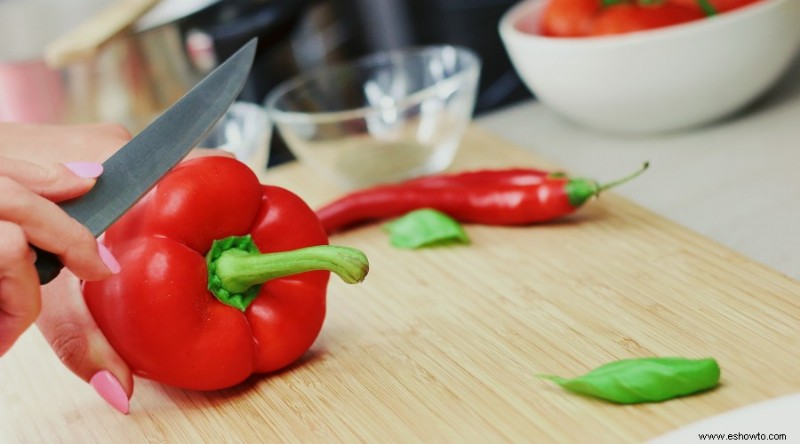
Peppers are perfect for adding a little bit of spice to your edible landscape. They come in many different colors and sizes, from the small but mighty jalapeno to the sweet bell pepper.
Peppers are a popular garden vegetable that grows well in most climates. They come in a wide variety of colors, shapes, and sizes, making them an incredibly versatile crop that can be used for cooking or decorating.
To grow peppers successfully, it’s important to choose the right variety for your climate. Additionally, you must provide adequate sunlight and water. With a little bit of time and effort, you can enjoy beautiful, healthy peppers in your garden year after year.
Herbs
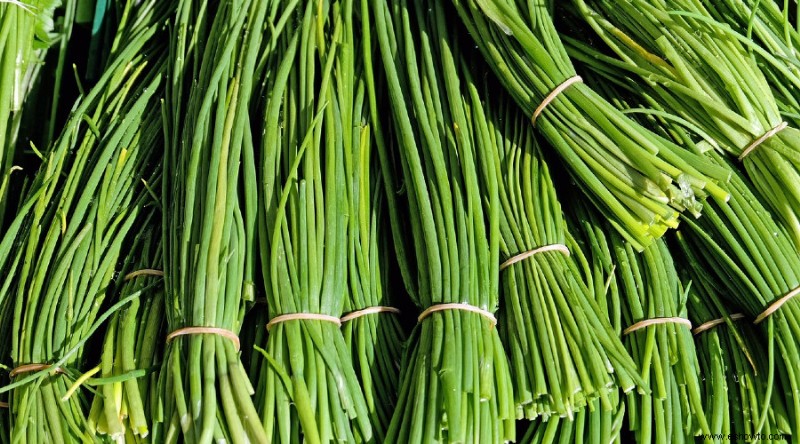
Herbs are one of the most versatile and easy to grow plants. They are a great option for both beginner and experienced gardeners. With just a little bit of care, you can grow a variety of herbs that can be used in cooking, as well as for their medicinal and health benefits.
Some of the most popular herbs to grow in your garden include basil, mint, oregano, chives, rosemary, thyme, and lavender. To grow these herbs successfully, you’ll need a sunny spot that gets at least six hours of direct sunlight each day. You’ll also want to make sure there is good drainage in the soil to avoid it becoming soggy or waterlogged.
Once you have chosen a good spot for your herbs, all you need to do is get started by planting the seeds in small pots or containers. You can either sow the seeds directly into the ground or transplant them from starter plants.
Once your herbs have started to grow, you’ll need to water them regularly and fertilize them every few weeks. When it comes to harvesting your herbs, you can do this either by snipping off the leaves as you need them, or by cutting back the entire plant to encourage new growth.
Berries
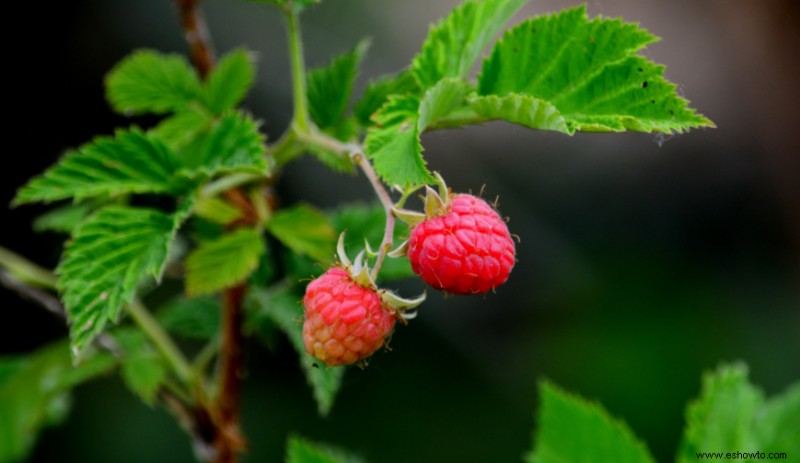
There are many kinds of berries that can be grown, from small and delicate to large and hearty. Each kind has its own unique flavor and texture, making them a versatile addition to any meal or snack.
Growing berries is a fairly easy process. With the right care and attention, you can have a delicious harvest of sweet berries to enjoy all year long. Some popular types of berries for home gardens include strawberries, raspberries, blueberries, and blackberries. Each has its own specific care requirements to ensure healthy yields each season. With some basic knowledge about how to grow berries, you can have a flourishing berry patch in no time.
Berry plants are usually quite tolerant of different soil types. Although, they will produce the best fruit if they are grown in well-drained, sandy loam soil that is rich in organic matter. To prepare the soil for planting, mix in some compost or manure to help improve drainage.
Once the soil is ready, you can start planting your berries. Some types, such as strawberries, can be planted in the spring or fall. Others grow best when planted in the early summer. When planting, make sure to space each plant appropriately to allow for adequate growth and airflow. It is also important to keep weeds under control around the plants so that they get enough sunlight and nutrients.
In Summary
While there are many benefits to edible landscaping, it can be a little daunting for those who have never tried it before. We hope that this article has provided you with some tips and tricks to get started. If you have any questions or need more advice, please reach out to us. We would be happy to help!

